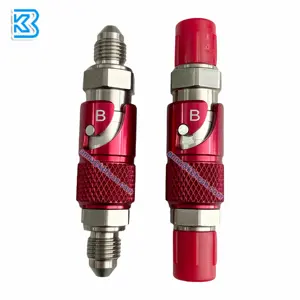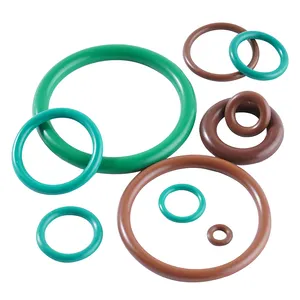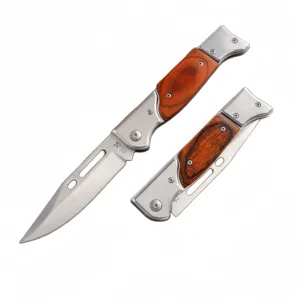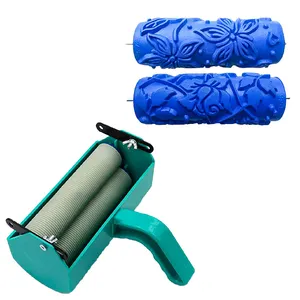Popular in your industry















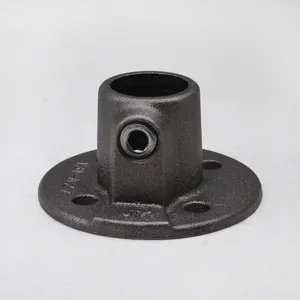



















































































































































































Top categories
About vertical and horizontal clamp
Explore the Versatility of Vertical and Horizontal Clamps
Vertical and horizontal clamps are indispensable tools in various applications, from woodworking to metalworking. These clamps are designed to hold materials firmly in place, allowing for precision and safety during operations. Whether you're a seasoned professional or a hobbyist, understanding the different types of clamps and their specific uses can significantly enhance your projects.
Types of Clamps and Their Applications
Clamps come in numerous forms, each tailored for particular tasks. Spring clamps offer quick and easy application, ideal for lightweight and simple jobs. For heavier tasks, beam clamps are used to suspend or secure fixtures and are a staple in electrical installations due to their non-invasive securing method. In metalworking, welding clamps are essential for holding pieces together before and during the welding process, ensuring accurate joins and safety.
Features and Materials
The construction of vertical and horizontal clamps is critical for their functionality. Materials range from hardened steel for durability to plastic for lightweight tasks. Features such as adjustable jaws, non-marring pads, and ergonomic handles are common, providing versatility and user comfort. The design of these clamps allows for easy adjustment and a firm grip, ensuring materials are immobile during critical operations.
Advantages of Using the Right Clamp
Choosing the correct clamp for a project can greatly affect the outcome and efficiency. The right clamp not only secures materials but also allows for precision, which is crucial in achieving professional results. The use of clamps can also enhance safety by preventing materials from shifting, reducing the likelihood of accidents.
Selecting the Ideal Clamp for Your Project
When selecting a clamp, consider the material you will be working with and the specific requirements of your project. For woodworking, clamps with softer jaws may be necessary to prevent damage to the wood. In contrast, metalworking may require clamps that can withstand high temperatures and pressure. The size and shape of the material are also important factors, as they determine the throat depth and opening capacity needed from your clamp.
Integrating Clamps into Your Workflow
Incorporating the appropriate vertical and horizontal clamps into your workflow can lead to more efficient and precise projects. Whether you are securing a workpiece for detailed carpentry or ensuring stability during metal fabrication, the right clamp is a pivotal tool. Explore the selection available to find the clamp that meets your project's demands and enhances your craft.
